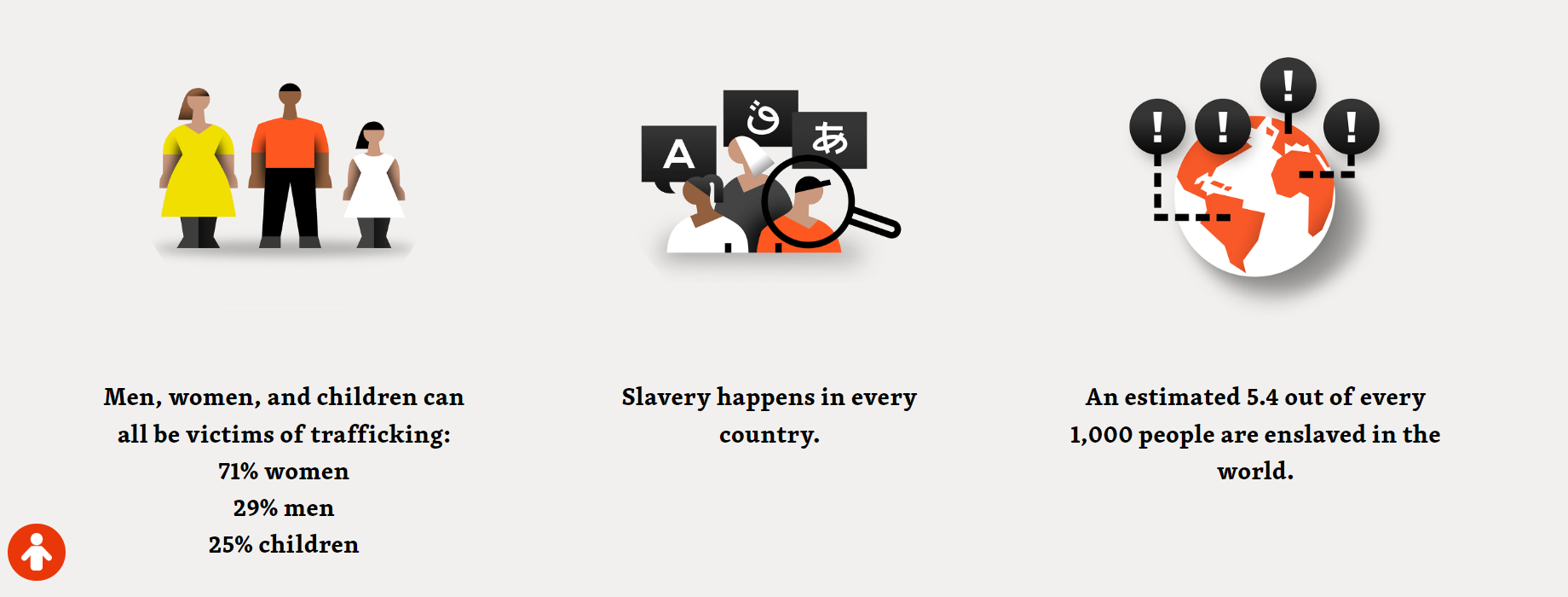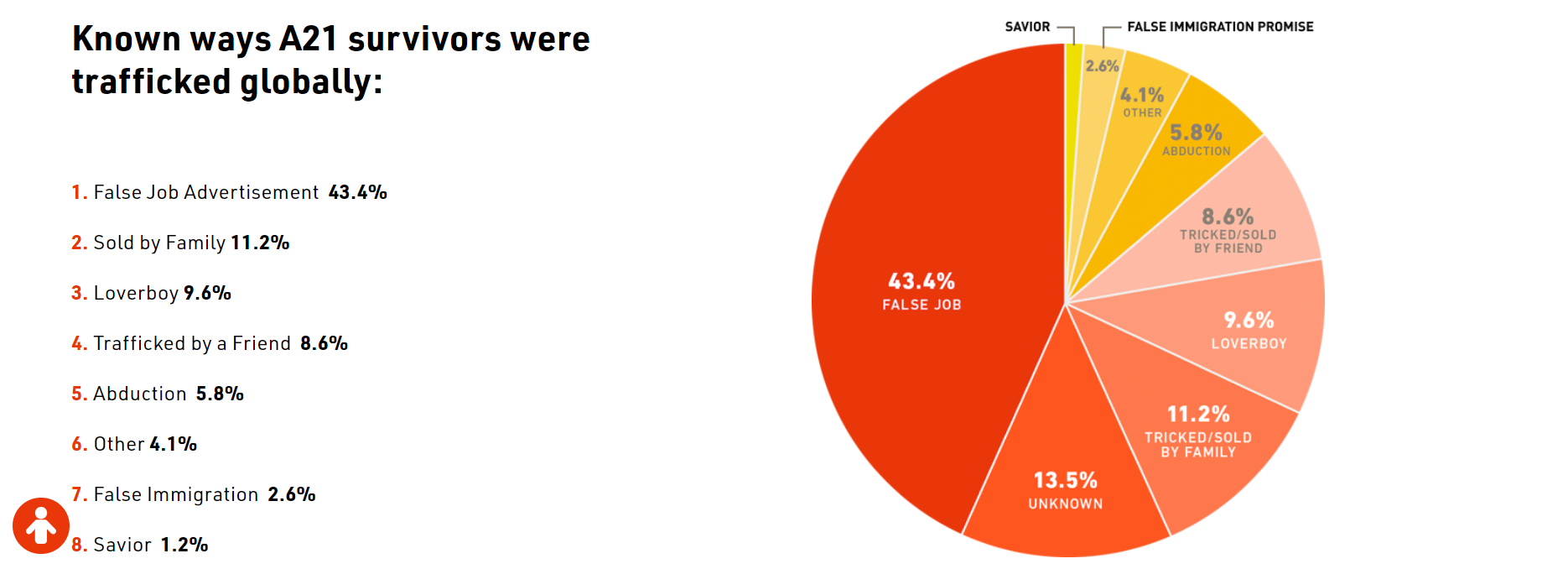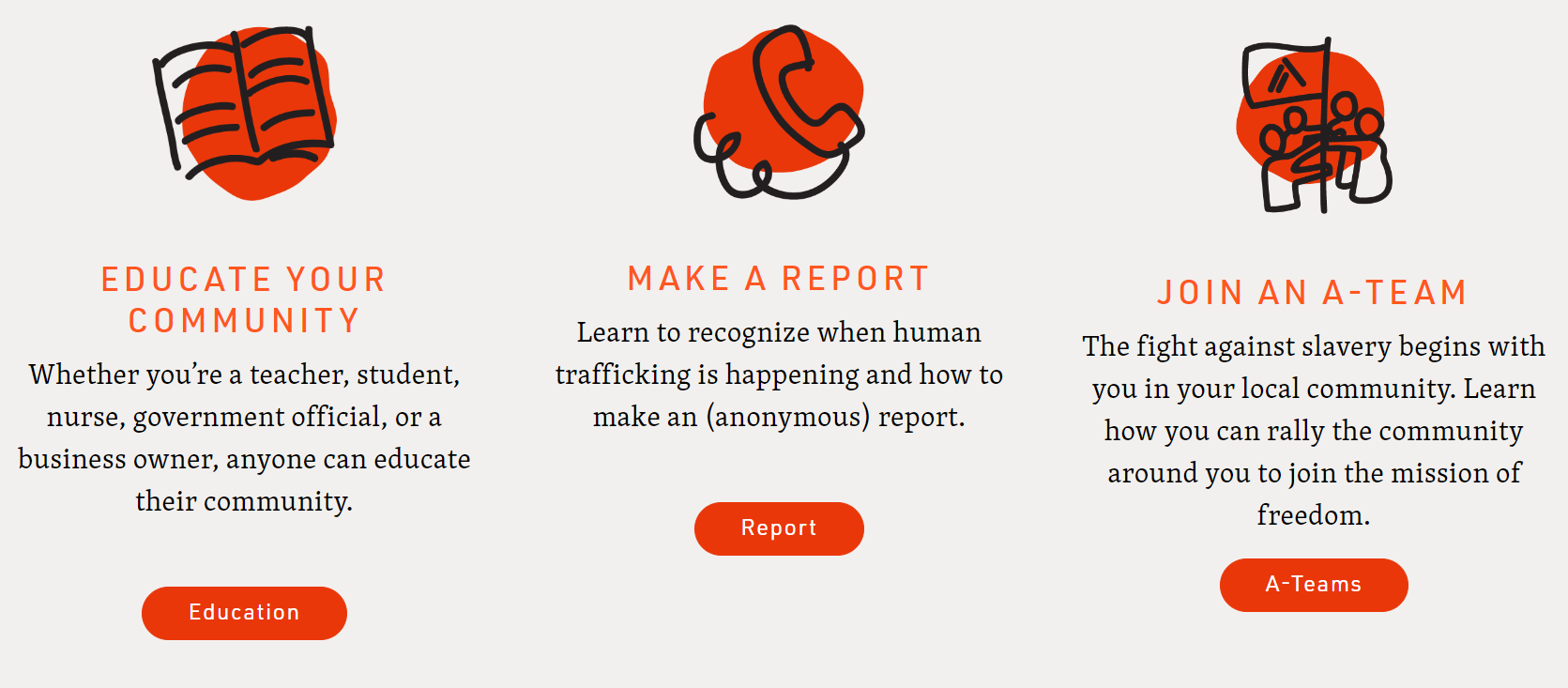What is human trafficking?
Human trafficking involves exploiting individuals for their bodies and labour, constituting an illegal trade of people. It is often referred to as modern-day slavery. This issue is clandestine, rapidly expanding, and multifaceted. Human trafficking generates significant annual profits. More people are believed to be enslaved today than at any other point in history. It ranks as one of the fastest-growing and largest criminal industries worldwide. Traffickers use various methods to ensnare victims, including: violence; manipulation; false promises of lucrative employment; or romantic relationships. Types of human trafficking include: labour trafficking (compelling individuals to work under duress for minimal or no compensation), and sex trafficking (coercing or deceiving individuals into performing commercial sex acts). Victims often do not seek help due to language barriers, fear of their traffickers, or distrust of law enforcement, making human trafficking a largely hidden crime. Traffickers target individuals by exploiting various vulnerabilities, such as:; psychological or emotional fragility; economic difficulties; lack of social support; natural disasters; or political instability.

How people are trafficked
Many factors can lead to a person being trafficked. Traffickers employ various methods to recruit victims. Individuals might be kidnapped or coerced by someone; they may be trying to escape abuse or poverty; or they could simply be attempting to improve their lives and support their families. Debt can be used as a means to entrap people. Debt bondage is a serious issue for many vulnerable individuals who are forced to take unimaginable risks to escape from poverty or persecution. They may be compelled to accept precarious job offers and make hazardous migration decisions, often borrowing money from their traffickers in advance. Upon arrival in their destination country, they may discover that the promised work does not exist, or conditions are drastically different from those they had been assured. They become trapped, reliant on their traffickers, and extremely vulnerable. Their documents are often confiscated, and they are forced to work until their debt is paid off. Understanding how people are trafficked empowers us to prevent slavery before it starts. Here are some of the most common methods traffickers use.

Recognising the signs of human trafficking
Human trafficking is often hidden and difficult to detect, but certain indicators can help identify victims.
- Controlled by another person: The individual is accompanied by someone who seems to control them, often speaking on their behalf and preventing them from communicating independently.
- Lack of earnings: The individual does not retain their earnings, which may be withheld under the guise of "safekeeping." They might be working to pay off a debt.
- Fearful and submissive behaviour: The person appears overly fearful, anxious, depressed, and avoids eye contact. They are reluctant to interact with outsiders and authorities due to close monitoring by their trafficker(s).
- Lack of official identification: The individual does not have possession of their passport, identification, or other legal documents.
- Controlled movement: The individual’s movements are restricted. They might be transported to and from work or live and work in the same location.
- Unfamiliar with the language: The person may have recently arrived in the country and might not speak the local language, or only know words related to sex or labour.
- Poor health and malnutrition: Signs of physical abuse, malnutrition, and lack of medical care can be evident. The individual might show signs of being denied basic needs such as food, water, sleep, or medical attention.
- Signs of physical abuse: The person may have visible bruises, scars, or other injuries, often inflicted in places that do not easily show.
How to prevent and fight human trafficking
Reach
Education programmes, prevention resources, and awareness campaigns help people recognise and reduce the risk of trafficking. By knowing how to protect themselves and others, and having the tools to report suspicions, individuals are empowered to make safe decisions.
Rescue
Working with governments and local authorities to free victims and convict traffickers involves hotlines, child advocacy centres, and professional training and legal assistance. Training frontline professionals to identify trafficking increases the chances of assisting victims. Ensuring survivors have access to justice is crucial in stopping traffickers from exploiting others.
Restore
Providing survivors with holistic aftercare, safe accommodation, and relocation services empowers them to rebuild their lives. With personalised care, psychological support, and job training, survivors can pursue new opportunities and reclaim their independence.

Additional information, support, and resources
A21 is an international organisation dedicated to combating human trafficking. The name A21 stands for "Abolish Slavery in the 21st Century." There are numerous ways you can participate and support their fight against trafficking. Discover how you can get involved. Watch the "Can You See Me" campaign by A21:
Learn about the signs of human trafficking:
Learn the Signs of Human Trafficking
Reporting Suspected Human Trafficking
If you suspect human trafficking, report it immediately.
UK Helpline: (+44) 08000 121 700
Operated by the Modern Slavery Helpline
A21 https://www.a21.org/content/human-trafficking/gqe0rc
Unseen UK https://www.unseenuk.org/
Human Trafficking Foundation https://www.humantraffickingfoundation.org/
Hope for Justice https://hopeforjustice.org/
The anti slavery collective https://theantislaverycollective.org/
Operation Underground Railroad https://ourrescue.org/
